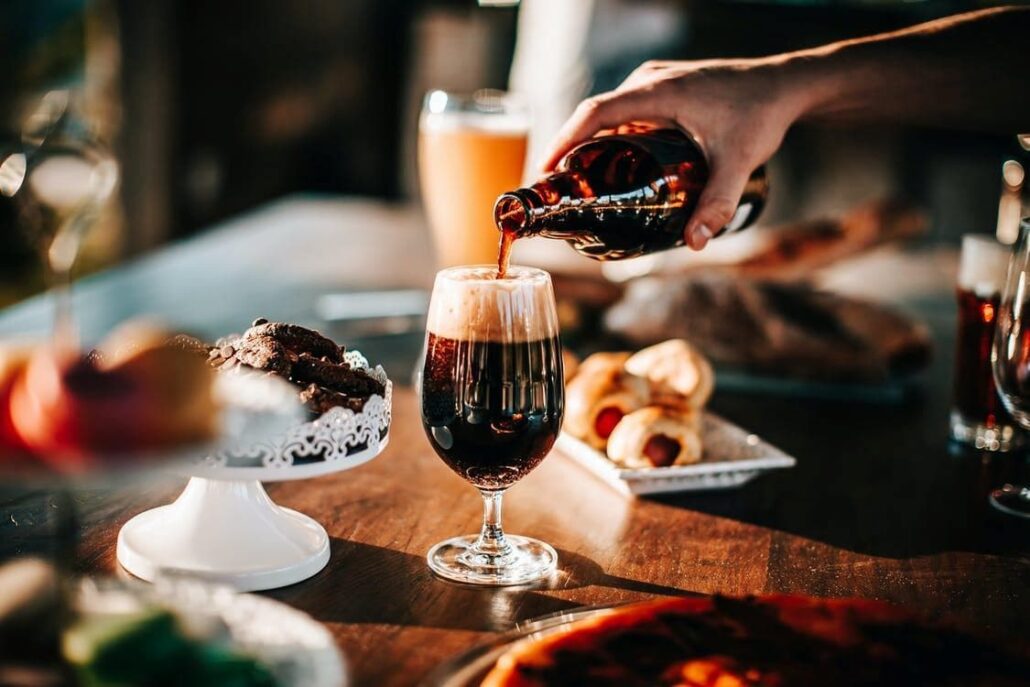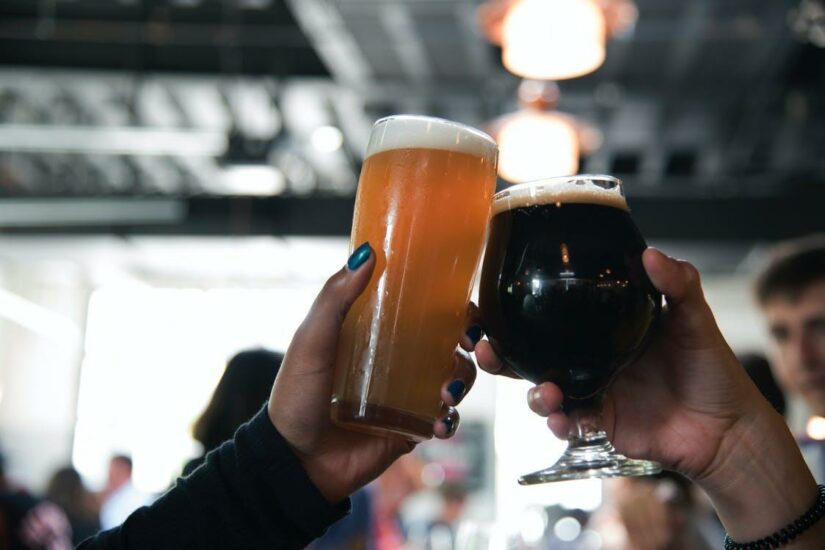In the past, alcohol-free beer felt like an oxymoron among the general public. Why would one even have a beer if it doesn’t give them a buzz? Nowadays, that isn’t the case anymore.
As Forbes reports, just last year, the non-alcoholic market grew almost 100%. The reason for this growth? Besides the increasing health-consciousness of consumers, non-alcoholic beer is no longer the watery, flat drink that it used to be.
There are now many different types and brands of non-alcoholic beer that taste great. So how is non-alcoholic beer made? There are a few different ways. We’re going to outline some of the most common techniques below.
But first…
What Qualifies as Non-Alcoholic Beer
Of course, the main difference between regular and non-alcoholic beer is the alcohol content. But in order to be classified as non-alcoholic, a beer must have an alcohol by volume (ABV) of 0.5% or less.
It’s important to note that some beers marketed as “non-alcoholic” may still contain trace amounts of alcohol.
So now that we know what non-alcoholic beer is, let’s look at some of the different ways it can be made.
Ingredients of Non-Alcoholic Beer
Non-alcoholic beer aims to smell, taste, and feel as close to the real thing as possible while keeping the alcohol content low. To do this, manufacturers use various methods (which we’ll get into below).
But first, let’s take a look at the ingredients that go into most non-alcoholic beers:
- Water: Of course, water is the main ingredient in all beers.
- Malted barley: This is what gives beer its characteristic flavor and color.
- Hops: The flowers of the hop plant are used to add bitterness, flavor, and aroma to beer.
- Yeast: Yeast is responsible for fermentation, which turns sugar into alcohol.
Breweries will add spices, fruit extracts, and other flavorings to give the beer a unique taste, but everything boils down to the aforementioned four ingredients. Now, let’s look at some of the different methods used to make non-alcoholic beer.

How is Non-Alcoholic Beer Made?
In addition to a selected recipe, the approach to beer-making will determine the look and taste of your beverage. While brewers experiment with different techniques, there are four major methods for making non-alcoholic beer: dealcoholization, dilution, controlled, and simulated fermentation.
1. Dealcoholization
Also known as vacuum distillation, this is the process of heating up beer and cooling it down rapidly. That causes the alcohol to evaporate while the water and other flavors remain. The beer is then reheated so that it can be bottled or canned.
The process has been around for quite a while. Anheuser-Busch, for example, has been using this method to make its Budweiser Prohibition beer since the 1920s.
Nowadays, the process has gotten much more refined. New technologies allow for a lower boiling temperature, meaning more of the beer’s flavor is preserved.
2. Dilution
This is the simplest technique for making non-alcoholic beer. Brewers start by making a regular batch of beer and then diluting it with water until the desired alcohol content is reached.
It’s a DIY approach that some small craft breweries take. It’s also the method that’s most likely to result in a lower-quality product since diluting the beer can also impact its flavor.
3. Controlled Fermentation
Controlled or arrested fermentation is the most commonly used method for making non-alcoholic beer.
It starts with brewing a regular batch of beer. But instead of allowing the yeast to continue fermenting (and turning sugar into alcohol), the brewers stop the process early on. There are a few different ways to do this, the most common being to lower the temperature so that the yeast goes into hibernation.
At this point, the beer still contains some yeast and sugar. But since the fermentation process has been halted, the yeast won’t continue to produce alcohol.
4. Simulated Fermentation
If a brewer wants to avoid using yeast, they can simulate the fermentation process.
This is done by taking unfermented wort (the liquid left over after the grains have been removed) and adding maltodextrin. Maltodextrin is a carbohydrate often used as a thickening agent or sweetener. It’s also used in sports drinks since the body absorbs it easily.
When maltodextrin is added to unfermented wort, it tricks the yeast into thinking that fermentation has already occurred. As a result, the yeast won’t produce any alcohol.
The final product is then pasteurized to kill any remaining yeast.
In Conclusion
So, there you have it! These are the four major methods that are used to make non-alcoholic beer.
While the process of making non-alcoholic beer has come a long way, there’s still room for improvement. For example, some methods (like dilution and dealcoholization) can impact the beer’s flavor.
As the demand for non-alcoholic beer continues to grow, we’ll likely see more innovation in the space. Who knows, maybe one day we’ll be able to enjoy a delicious cold brew without any unwanted side effects!
